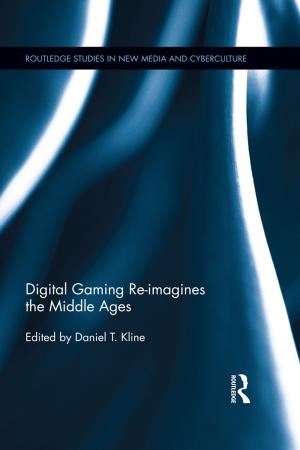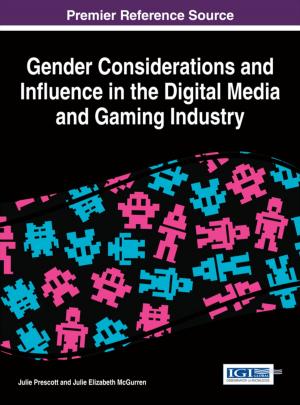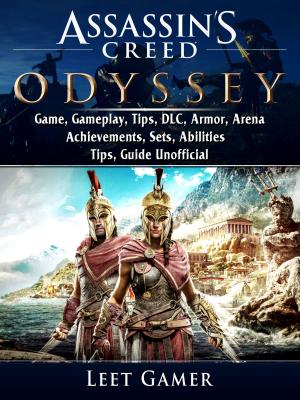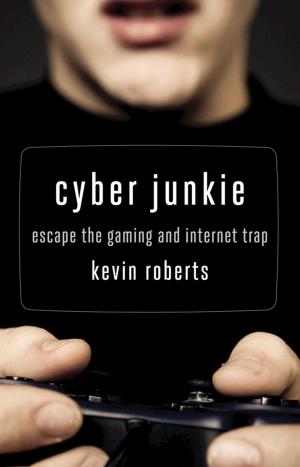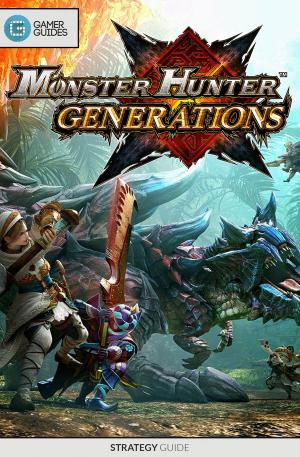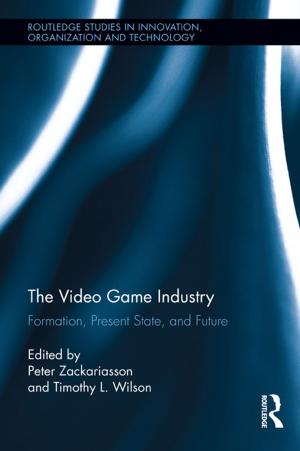Block Party
How Minecraft is helping communities around the world build thriving public spaces, block by block.
Business & Finance, Industries & Professions, Nonprofit Organizations & Charities, Nonfiction, Entertainment, Games, Video & Electronic, Computers, Entertainment & Games, Video & Electronic Games| Author: | Thomas Kohnstamm | ISBN: | 1230001786385 |
| Publisher: | Microsoft Story Labs | Publication: | June 22, 2017 |
| Imprint: | Language: | English |
| Author: | Thomas Kohnstamm |
| ISBN: | 1230001786385 |
| Publisher: | Microsoft Story Labs |
| Publication: | June 22, 2017 |
| Imprint: | |
| Language: | English |
Dozens of schoolgirls in matching uniforms crowded into a computer room at the custard-colored North Thanglong Economic & Technical college on the outskirts of Hanoi, Vietnam. Beyond intermittent ripples of laughter and excitement, the 15- and 16-year-olds stayed focused throughout the day on the hard work at hand: playing Minecraft.
Together they built 3D models that reimagined the darker corners of their neighborhood as a safer, more functional and more beautiful place for them and their families to inhabit. But this wasn’t just an exercise in imagination. The girls were taking part in the newest project from Block by Block, a program from the United Nations and Mojang, the makers of Minecraft, that uses the power of Minecraft and designs sourced from local residents to improve public spaces around the world.
Thoughtful, inclusive approaches to urban development like this are becoming more critical as the world’s population increasingly moves to cities. Through a combination of birth rate and rural immigration, Hanoi has nearly doubled its population since the year 2000. And it’s not alone. Cities around the globe are swelling by a total of some 200,000 people per day.
For the first time in history, the majority of the planet’s population now lives in urban areas. Within a generation, that number will balloon to more than two-thirds of all people. Public space — from parks to markets and even streets themselves — is a key indicator of the health and sustainability of cities.
Learn how Minecraft is being used around the world to crowdsource more sustainable urban designs in "Block Party."
Dozens of schoolgirls in matching uniforms crowded into a computer room at the custard-colored North Thanglong Economic & Technical college on the outskirts of Hanoi, Vietnam. Beyond intermittent ripples of laughter and excitement, the 15- and 16-year-olds stayed focused throughout the day on the hard work at hand: playing Minecraft.
Together they built 3D models that reimagined the darker corners of their neighborhood as a safer, more functional and more beautiful place for them and their families to inhabit. But this wasn’t just an exercise in imagination. The girls were taking part in the newest project from Block by Block, a program from the United Nations and Mojang, the makers of Minecraft, that uses the power of Minecraft and designs sourced from local residents to improve public spaces around the world.
Thoughtful, inclusive approaches to urban development like this are becoming more critical as the world’s population increasingly moves to cities. Through a combination of birth rate and rural immigration, Hanoi has nearly doubled its population since the year 2000. And it’s not alone. Cities around the globe are swelling by a total of some 200,000 people per day.
For the first time in history, the majority of the planet’s population now lives in urban areas. Within a generation, that number will balloon to more than two-thirds of all people. Public space — from parks to markets and even streets themselves — is a key indicator of the health and sustainability of cities.
Learn how Minecraft is being used around the world to crowdsource more sustainable urban designs in "Block Party."

